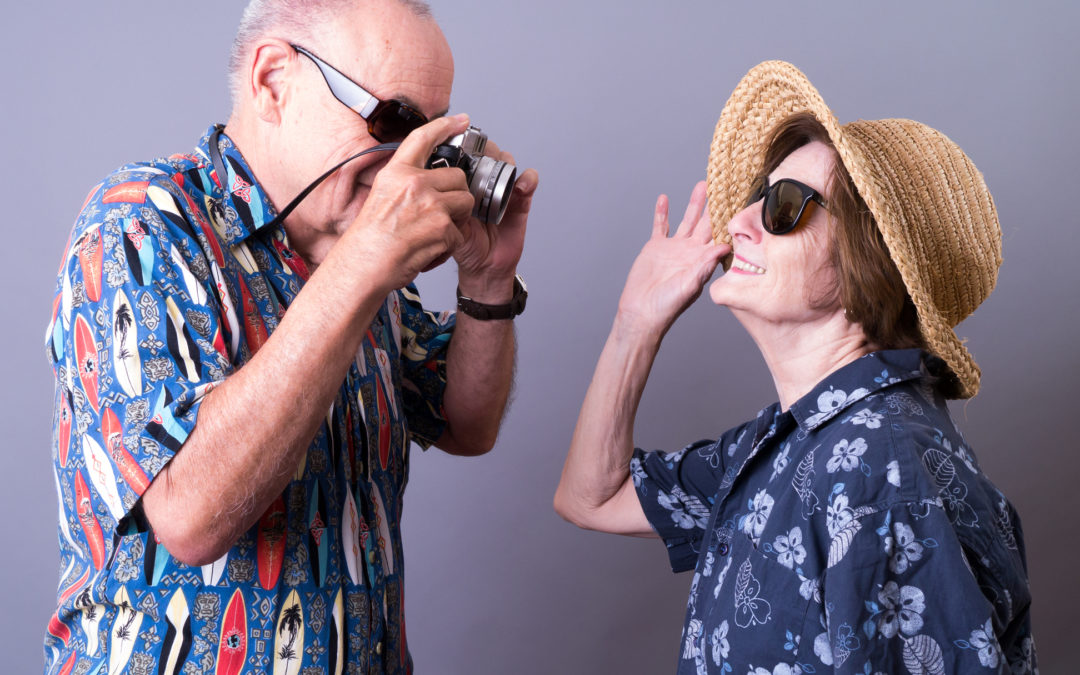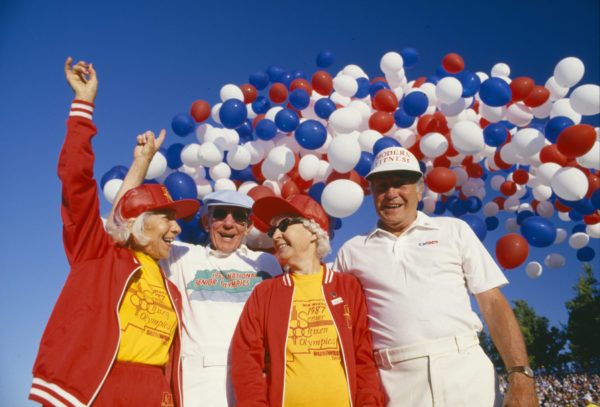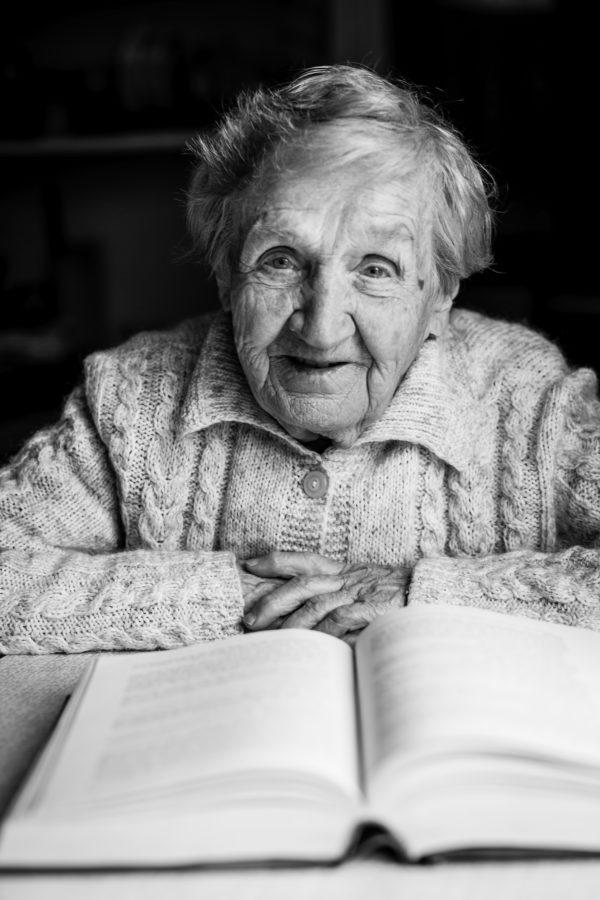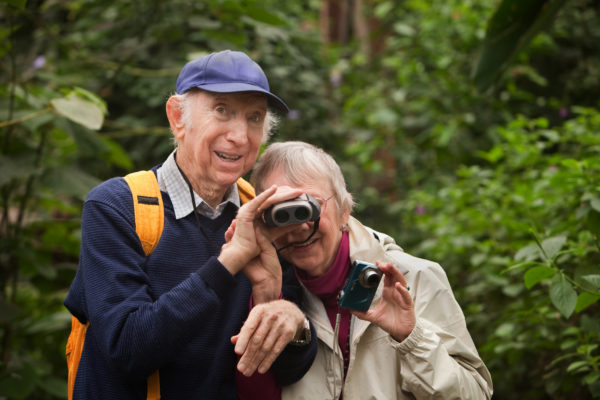Capturing senior citizen portraits has rules of its own. If you want to master these rules, here is what you need to know.
Senior Citizen Portrait Photography- Lessons from My Personal Experience – Guest post by Isabella Foreman
Photography is a broad field where there are many different niches. Being good at one photography niche doesn’t mean you will automatically be able to excel at some other types of photography. Each of them is unique in their way. Each has a different story to tell and involves certain emotions.
Senior citizen portrait photography is no different. This small but distinct niche has rules of its own. If you want to be good at taking these photos, you must learn these rules and master them. Luckily for you, throughout my long career, I worked a lot in this area and learned many useful tricks.
Older people have their beauty, wisdom, strength, and stories that you can showcase through portraits.
Today, I will share some useful lessons I learned over the years.
- Know the Difference Between Casual and Posed Shots
Depending on your client, the occasion, and the needs you previously discussed with them, you need to determine whether your shots will be casual or posed. Posed portraits are more formal and can be used for professional purposes while a casual one has more room to tell a story.
However, these aren’t mutually exclusive, and both styles can be used for all kinds of needs. Posed shots are the ones where you inform your subject of the exact moment when you are going to take a shot. The subject needs to be still at the moment of the shot.
On the other hand, casual shots are the ones where the subjects are engaged with someone or something, and they aren’t paying attention to the camera.
- Capture a Rich Frame
Don’t be scared to get close to your subjects, be more personal, and try to get essential details like wrinkles, lines, expressions, hands, grays, and so on. This is how you will add more emotion and depth to your photos.
Age marks and character traits will enrich your portraits. However, you should also try using a soft-focus filter through which you can smoothen out all excessive harshness in your photos.
- Expressions Matter
Expressions are a vital element of any portrait. They will add more liveliness and showcase human emotions. Here is how to do it:
- Use a tripod to capture subjects while they are singing, playing, laughing, and so on.
- Try to make them forget about what you are doing and stop being self-conscious.
- Always try to capture the eyes as well and bring them into focus.
Your subjects can make photos enjoyable as well. It’s not all about what you do with your camera but also how you instruct them to behave while you are doing the session. Communicate with clients and tell them what you expect.
- Natural Light is Very Important
In my experience, avoiding flash as much as possible is the right way to go. In most cases, it will just distract you and ruin your shots. Taking portrait photos with flash requires a lot of knowledge. Even when you can do it properly, the results aren’t that rewarding, especially for portrait photography.
This is why you should look to make the most of the natural light. Additionally, reflectors and diffused lighting can help bring out the glow in older adults’ skin. This is how you can create high contrast to bring out the details on the subject’s faces. Edge lighting, window light, and side lighting are also worth trying out.
- Color Shots are a Good Option
At the moment, the first choice for this kind of photography is black & white. However, color shots are very useful for communicating emotions and setting up the overall mood of the photo.
I shoot everything in color and then convert them to black & white in post-production to create new versions. This is how I can compare and choose the ones I like better.
● Effects You Can Use
Adding image effects is a good thing for senior citizen portraits even though it might seem counterintuitive. Here are some I like using often:
- Lomo effect
- Sepia
- Vintage
- Retro effects
All of these effects can be brought out the sense of tradition and history within your portraits and create a dose of nostalgia. When looking for portrait photo retouching services, ask about these effects and whether the editors have experience using them.
Of course, you should always look to add effects, but make sure to try out different versions of the photo. Additionally, the effects shouldn’t be too obvious, and they should only complement your photos.
- Capture the Inner Child
Every senior citizen has a child hiding in them. If you spend a lot of time with your clients, you will notice their childish moments. Try to look for these actions, traits, and habits that can show that these people still have youth in them even though they are old.
A lot of people have a prejudice against older adults, and they see them only as such. When you display these childish elements, your photos will show them the other side and engage viewers.
- Don’t Overthink
Even though learning, concentrating, and practicing your shots is essential, you still need to learn how to relax. If you keep obsessing with all of the things that might affect your shot, you will put too much pressure on yourself and end up with poor results.
It’s all about getting into the moment and looking to capture it as much as possible. Trust your intuition, and don’t be afraid to get creative.
- Humor Goes a Long Way
Don’t ever think for a second that older people don’t have a sense of humor. It’s always a good idea to be humorous with them and encourage them to do the same. No matter if you do this intentionally or not, it can add a lot of life to your photos.
This is also related to capturing the child in every subject. Everyone has it; it’s all about letting it out. One of the best ways to do this is to create a fun atmosphere where you can joke around and make the whole experience special.
- Focus on Details
In my previous advice, I suggested you get up close to capture essential details. In this section, I recommend trying out the zoom option and using non-traditional crops. You can stand further away from the subject and then crop the areas that you don’t need while highlighting certain materials, textures, or parts of the body.
Conclusion
In the end, remember to find reliable portrait photo retouching services if you don’t know how to edit photos yourself. Retouching is equally important as knowing how to take photos. If you don’t know who to contact for editing services, try out Smart Photo Editors to get the best images for the senior citizens.




